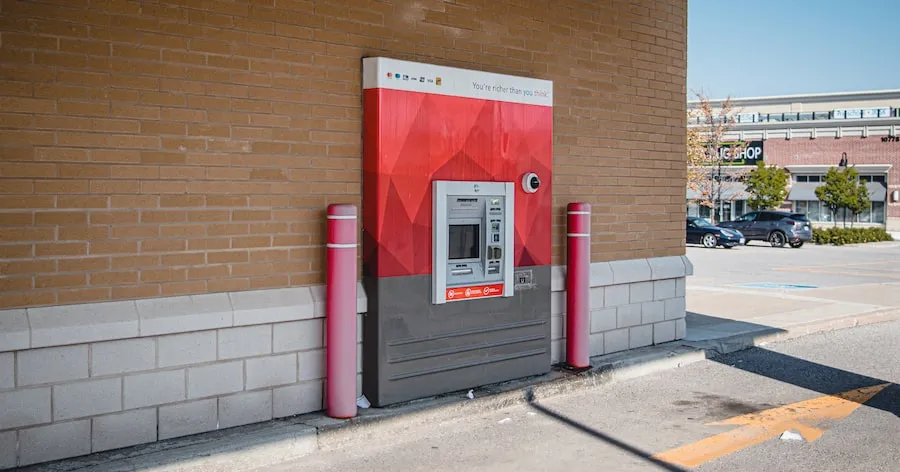> Millions of people around the world struggle with debt. So, you’re far from alone if it feels like you’ll never pay off your debt. Debt can become a crushing weight that feels impossible to overcome, but there are options. If you’re struggling with insurmountable debt, then solutions like a waiver of debt or a debt agreement might work for you. <

> Let’s take a closer look at Australian debt-relief programs for those feeling overwhelmed by their debts. These options can help people take control and get out of debt once and for all. <
> Waiver of Debt <
> The Australian government offers a waiver of debt program that forgives debt owed to the government or a non-corporate Commonwealth entity. This program may be an option for those struggling to pay off their debts, although it can’t be used to waive debt from private organizations or state and territory government departments. <
> The waiver of debt program may be an option for people who want to clear their outstanding debts without having to go through bankruptcy. If you apply for a waiver of debt, then you’ll need to be able to explain why your situation deserves a waiver. Keep in mind that waivers of debt aren’t based solely on whether you’re experiencing financial hardship. <
> HELP Debt Solutions <
> If you have debt from the Higher Education Loan Program (HELP), then you may be able to get it waived. For instance, those who withdrew from school after the census date can apply to have their HELP debt canceled. You’ll need to explain the special circumstances that led you to withdraw. That means a circumstance that was out of your control, not that you simply changed your mind. <
> Those with unmanageable HELP debt can also look into getting it waived as a debt to the Commonwealth. Granting a waiver of debt is a discretionary power the Department of Finance has at its disposal. The department may waive debt if they feel recovering the debt would cause financial hardship or be inequitable. This assistance may be granted if it’s decided there’s a moral responsibility to do so. <
> Debt Agreement <
> A debt agreement (Part IX) is a formal alternative to bankruptcy suitable for people in specific circumstances. This type of agreement allows you to pay back part of your debt over a set period of time. You aren’t eligible to enter a debt agreement if you’ve declared bankruptcy or already entered a debt agreement in the last 10 years. <
> There are also income and maximum unsecured debt amount requirements to satisfy. A financial counselor can help you determine if you meet the requirements and whether a debt agreement makes sense for you. While a debt agreement differs from bankruptcy in several ways, it’s still considered an act of bankruptcy. So, you shouldn’t enter one lightly. <
> Bankruptcy <
> Bankruptcy is the formal process of declaring you’re unable to pay your debts. When you declare bankruptcy, you won’t have to pay most of your debts. However, there are serious downsides to consider before making this decision. <
> For instance, it can be more difficult to borrow money. That’s because the bankruptcy is on your credit report for five years, and your name is permanently on the National Personal Insolvency Index. The long-term consequences go beyond these factors. <
> Once you declare bankruptcy, a trustee oversees your affairs. The trustee’s role can extend beyond strictly financial decisions. For example, those in bankruptcy need permission from their trustee before traveling abroad. A bankruptcy can also prevent you from working in certain professions. <
> Other Assistance Programs <
> There are other assistance programs in Australia that can help those dealing with financial hardship. For instance, the government offers concessions, grants, vouchers, rebates, and other programs that can help with utility bills, essential purchases, and mortgages. <
> Depending on where you live, there are different types of government assistance. So, you may want to look into the available options in your state or territory. For example, you may be able to get a grant or concession to help with your utility bill. <
> A no-interest loan (NIL) is another example that may be available to you. They can be used to cover the cost of medical and dental services, house and car repairs, and household essentials. There’s even an interest-free loan program to help with mortgages. <
> Consider Your Debt-Relief Options <
> If you’re dealing with debt, then it’s worth exploring your options and seeking assistance when necessary. The Australian government offers debt waiver programs, concessions, grants, and interest-free loans to help those struggling with insurmountable debt and financial hardship. Debt agreements and bankruptcy are also options. However, they come with downsides. <
> Before making any decisions about entering into a debt agreement or declaring bankruptcy, it’s important to do your research, weigh the pros and cons carefully, and exhaust your options. You may want to talk with a financial counselor to discuss your options. There are many programs to research and factors to consider before making the decision that’s right for you. <
